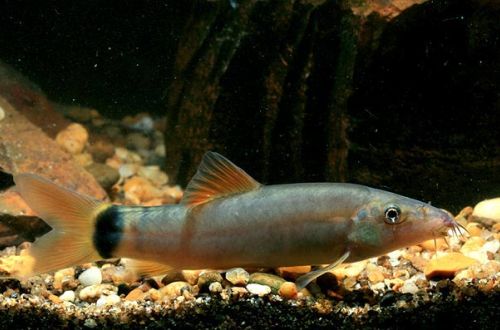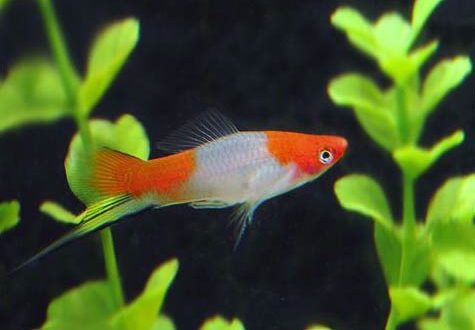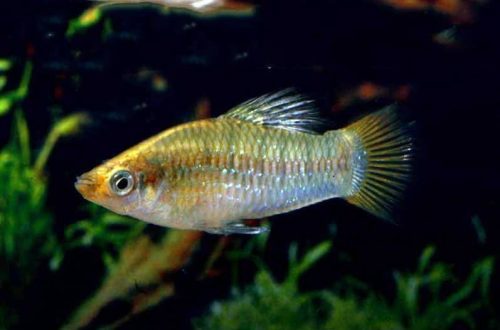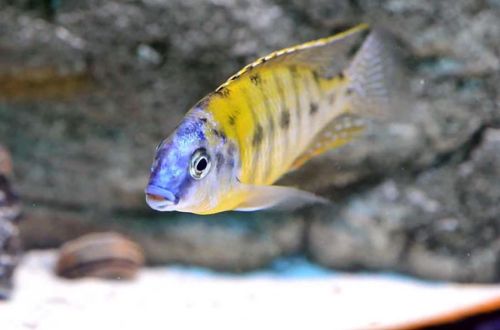
Silver Loach
Silver Char or Leconte’s Char, scientific name Yasuhikotakia lecontei, belongs to the Cobitidae family. Named after entomologist and Dr. John L. LeConte (Philadelphia, USA). A relatively calm fish with the right choice of neighbors in the aquarium. Not the easiest fish to keep, the aquarist will need some experience and compliance with a number of requirements for water quality and diet.

Contents
Habitat
Comes from Southeast Asia. Inhabits one of the largest rivers in the region – the Mekong, whose basin covers the territories of Thailand, Laos, Cambodia and Vietnam. Inhabits the main channels of the rivers. Leads a nocturnal lifestyle. Lives in the bottom layer. During the daytime, it hides among rocks, tree roots or other submerged snags.
Brief information:
- The volume of the aquarium – from 250 liters.
- Temperature – 23-28°C
- Value pH — 6.0–8.0
- Water hardness – soft (2-12 dGH)
- Substrate type – sandy
- Lighting – subdued
- Brackish water – no
- Water movement – moderate or weak
- The size of the fish is 12–15 cm.
- Food – any sinking food
- Temperament – peaceful
- Content in a group of at least 5–6 individuals
Description
This species is sometimes confused with another related species, Botsia Modesta. They do look similar in appearance, but the Leconte Loach can be distinguished by its body shape – dainty, thinner, and coloration – usually brownish with a golden/green tint, and the dark markings at the base of the tail are rounded. Adult individuals reach a length of 12–15 cm. Sexual dimorphism is weakly expressed. Males and females do not have obvious differences.
Food
Omnivorous species. In nature, they feed on benthic invertebrates, such as worms, insect larvae, freshwater shrimp, etc., as well as plant material: aquatic plants with soft leaves, young shoots, fruits of trees that have fallen into the water, and so on. In a home aquarium, similar products should be served, and they should be sinking. Food floating on the surface will be ignored. The basis of the diet can be both specialized feed for charrs, produced by many manufacturers, and ordinary products that you can get yourself. These are live or frozen earthworms, bloodworms, brine shrimp, combined with pieces of vegetables and fruits.
Maintenance and care, arrangement of the aquarium
The optimal size of the aquarium for a group of 5 fish starts from 250 liters. The design should provide for several hiding places where the fish could hide during the daytime. As shelters, both natural objects (driftwood, thickets of plants) and other decorative decor are used. If the design is not of great importance, ordinary ceramic pots turned over on their side are also suitable.
It’s worth remembering that these fish like to squeeze into tight crevices, so make sure they don’t get caught in a one-way trap or get caught between the glass and the heater.
Plants should be selected with tough leaves, otherwise the Silver Loach may damage them. You can choose plants that can grow among herbivorous fish in the appropriate section using the search. A good alternative would be artificial vegetation.
Flowing chars are very susceptible to the accumulation of organic waste, which is very likely in a closed aquarium ecosystem without proper maintenance. Of particular importance is the use of a filter system and the weekly replacement of part of the water with fresh water in a volume of at least 30-50%.
Behavior and Compatibility
Unlike the closest relatives of the Sunny Char and Botsia Morleti, this species has a milder disposition. As neighbors, cyprinids living in the same area, for example, danios, rasboras, barbs and other fish that prefer the upper and middle layers of water, are suitable. As for the bottom inhabitants, it is desirable to exclude them.
The Leconte char prefers to be in the community of relatives. A group of 5-6 individuals is considered a minimum, preferably a number of 10 or more.
Breeding / breeding
Successful cases of natural breeding have not been recorded in home aquaria. Several sources contain information about reproduction in an artificial environment using hormonal injections, but this method can hardly be classified as an amateur aquarium hobby.
Fish diseases
Health problems arise only in case of injuries or when kept in unsuitable conditions, which depresses the immune system and, as a result, provokes the occurrence of any disease. In the event of the appearance of the first symptoms, first of all, it is necessary to check the water for the excess of certain indicators or the presence of dangerous concentrations of toxic substances (nitrites, nitrates, ammonium, etc.). If deviations are found, bring all values back to normal and only then proceed with treatment. Read more about symptoms and treatments in the Aquarium Fish Diseases section.





